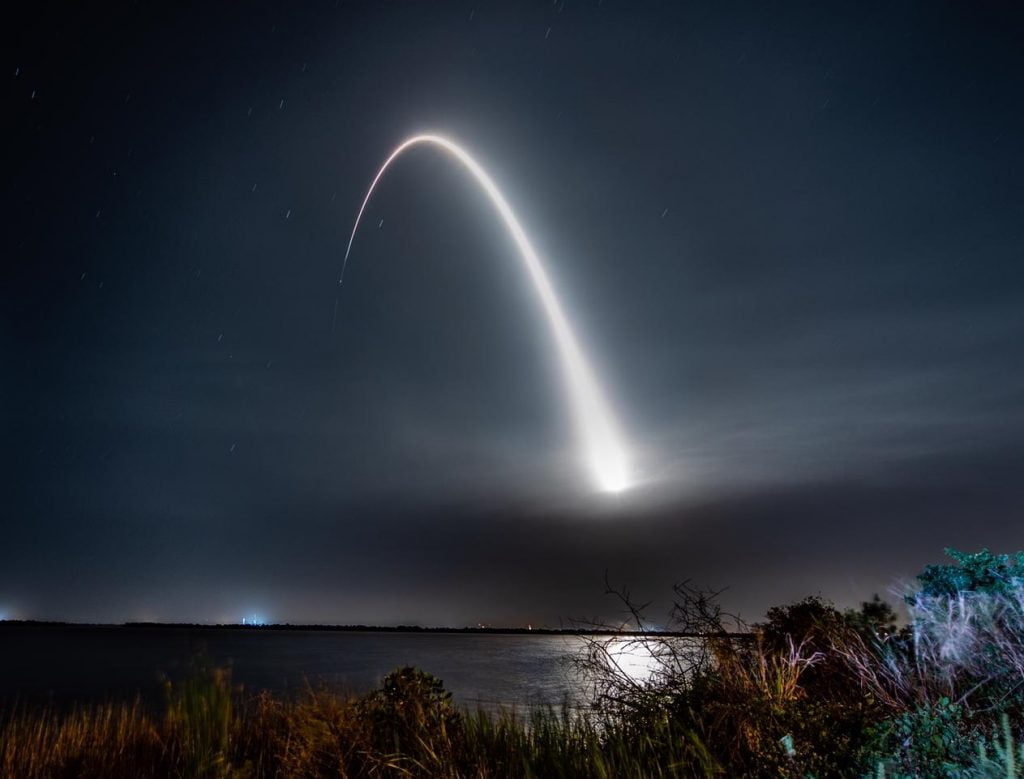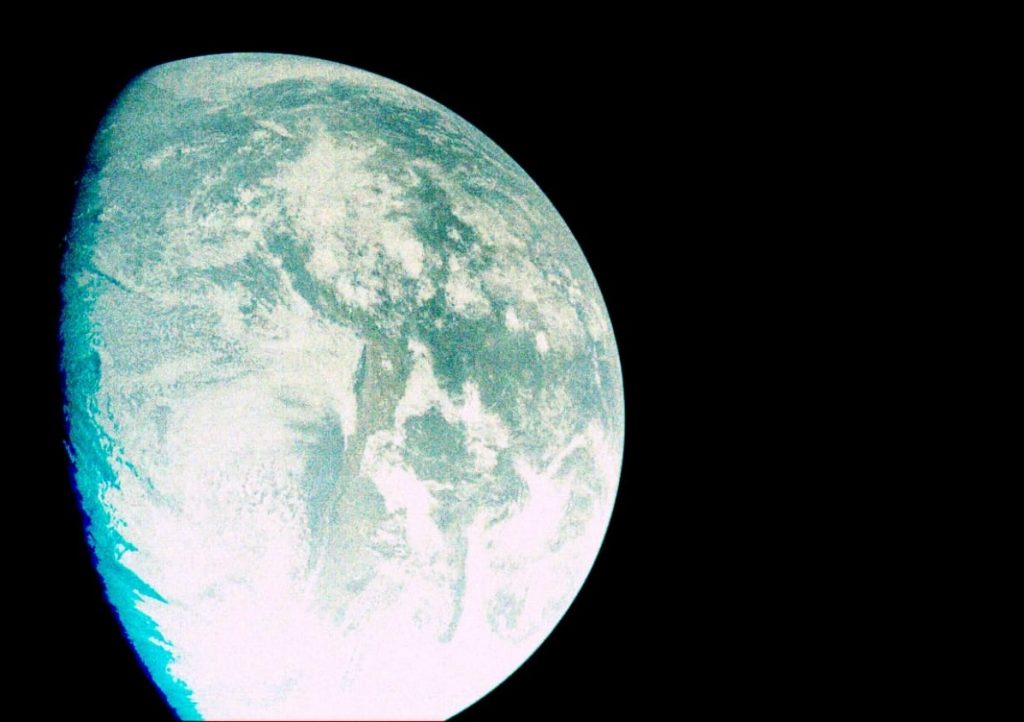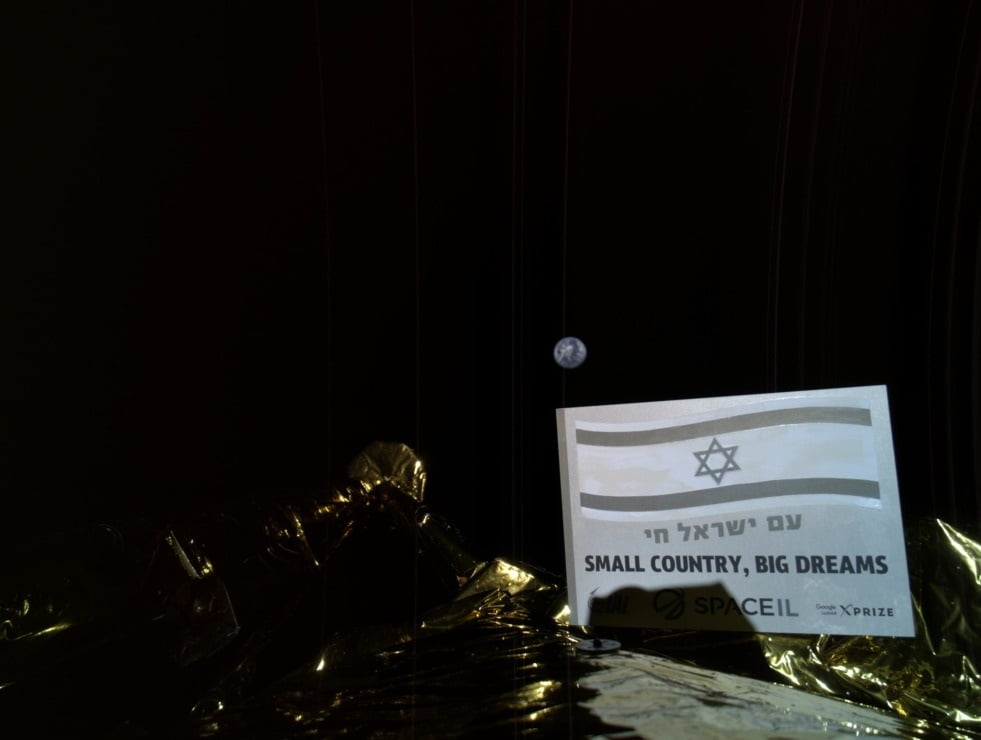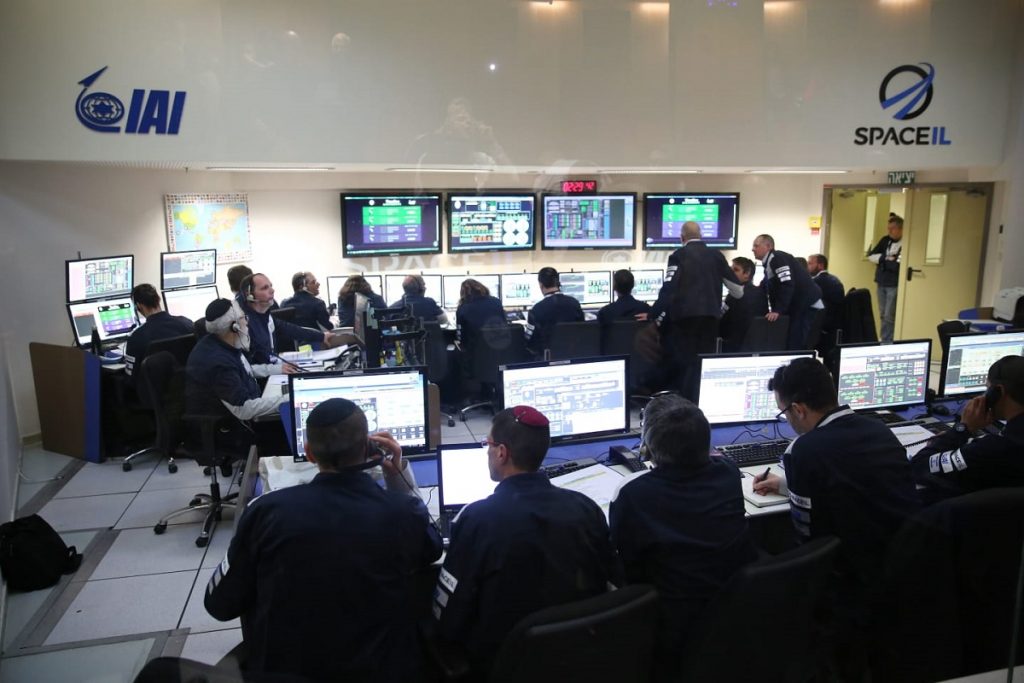SpaceIL and Israel Aerospace Industries (IAI) released on Sunday a number of stunning images and short videos taken by Israel’s lunar lander Beresheet at various stages during its journey to the moon.
One photo showed Earth at a distance of 131,000 km. The furthest was taken at 265,000km from the planet. The spacecraft’s first “selfie” image showed Earth at a distance of 37,600 km and was released on March 5.
A 19-second clip released on Sunday showed a sunrise from the spacecraft’s point of view.
“In the video, Earth can be seen hiding the sun from the spacecraft and then exiting the same shadow created by the Earth and the sun’s exposure,” IAI and SpaceIL said.
A second short video showed the deployment of the spacecraft’s landing gear.
Beresheet, whose name in Hebrew means “In the Beginning/Genesis,” was launched successfully from Cape Canaveral, Florida on Friday, February 22, 2019 at 3:45 am Israel time.
If Beresheet completes its lunar mission on April 11, Israel will join superpowers China, Russia, and the United States in landing a spacecraft on the moon.
Last week, the engineering teams of SpaceIL and IAI, who are monitoring the spacecraft’s journey from a control room in the central Israeli town of Yehud, said that Beresheet has so far completed three key maneuvers to reach higher altitudes, including one that aligns the spacecraft “on the right track to the moon.”
“Unlike previous maneuvers in which we accelerated the spacecraft’s speed to increase its orbit, in this maneuver we modified the orbit’s plane to slightly tilt the angle and ensure the spacecraft reaches the lunar orbit at exactly the right time and place,” Yoav Landsman, senior engineer at SpaceIL, explained at the time.
During the maneuver, Beresheet’s main engine was activated for 60 seconds and the engineering teams said they were satisfied with the functioning of the lunar lander’s systems.
Sign up for our free weekly newsletter
Subscribe
The launch of the Beresheet spacecraft aboard a SpaceX rocket on February 22, 2019. Photo via SpaceIL and IAI
Beresheet is the smallest spacecraft ever to be sent to the moon. It is roughly the size of a washing machine, reaching a height of 1.5 meters, about two meters in width, and weighing just 600 kilograms.
Almost everything about the unmanned spacecraft goes against convention and shows Israeli ingenuity at its finest.
Beresheet began as a dream by three young engineers and not a government program, making it the first privately funded space probe to shoot for the moon. It cost just $100 million to plan and develop, whereas other space missions in the past have run in the billions of dollars.
“It was very difficult to raise money for this mission because it was really a mission impossible,” said South African-Israeli philanthropist Morris Kahn, the president of SpaceIL, ahead of the launch. “I didn’t realize it was impossible and the three engineers who started this project didn’t realize it was impossible, and the way we in Israel think, nothing is impossible. We dare to dream. And we really are making this dream come true.”
The design of the craft changed twice since its first inception in 2011 until the final touches were made last year.
The SpaceIL spacecraft was originally designed to meet regulations set out by the now-defunct Google Lunar X Prize competition, an international contest that challenged the world’s engineers to create and send the first private lander to the Moon. The SpaceIL crew chose to continue with the mission – with or without the prize money – and kept dimensions of their lunar lander to a minimum and with as low redundancy as possible.
A multi-disciplinary team of some 250 engineers, scientists, and computer scientists from the non-profit SpaceIL and state-owned Israel Aerospace Industries (IAI) designed, engineered and developed Beresheet. The actual building of the spacecraft from full-scale development took just four years.
Read more about SpaceIL and Beresheet’s journey ahead of the moon launch.
Viva Sarah Press contributed to this report.
Related posts

Editors’ & Readers’ Choice: 10 Favorite NoCamels Articles

Forward Facing: What Does The Future Hold For Israeli High-Tech?

Impact Innovation: Israeli Startups That Could Shape Our Future







Facebook comments